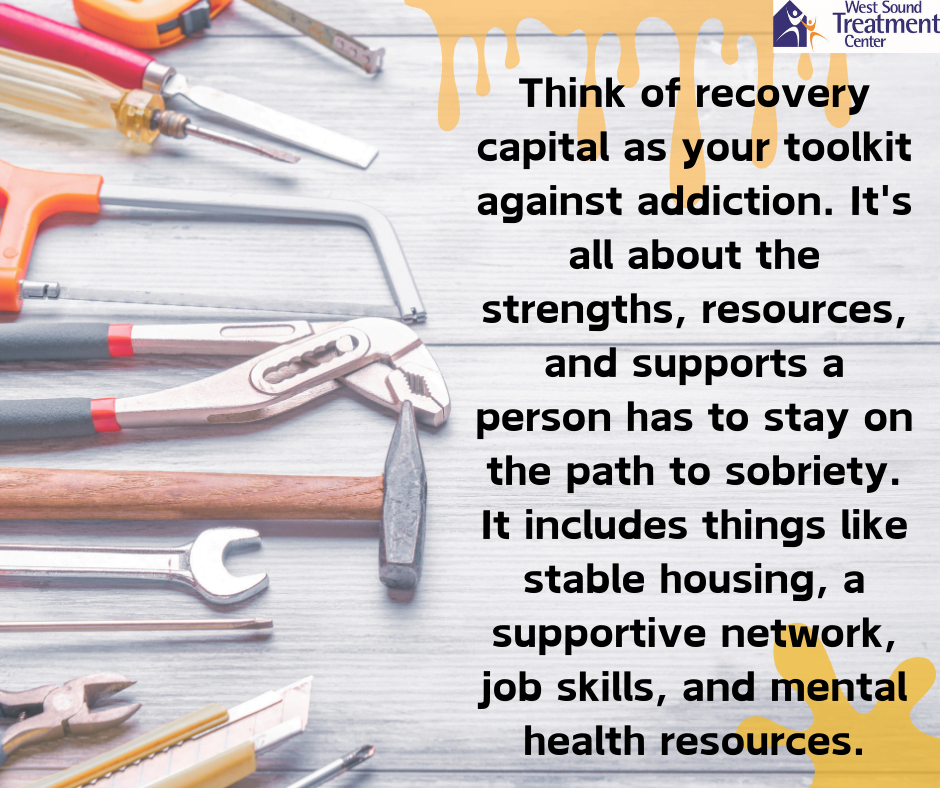Building Strength in Addiction Recovery
Addiction recovery isn’t a destination; it’s a journey filled with challenges and triumphs. One concept that plays a vital role in this journey is recovery capital. Recovery capital refers to the strengths, resources, and supports that you can draw upon to maintain your sobriety and lead a fulfilling life.
It’s a Toolbox
Imagine recovery capital as a toolbox filled with everything you need to stay on the path to sobriety. It includes both tangible resources, such as stable housing, employment opportunities, and access to health care, as well as intangible assets, such as motivation, self-esteem, and coping skills.

It’s an Investment
Building recovery capital is like investing in yourself and your future. It requires time, effort, and commitment, but the rewards are immeasurable. Every positive choice you make, whether it’s attending a support group meeting, practicing self-care, or seeking therapy, adds to your recovery capital.
It’s a Safety Net
One of the key aspects of recovery capital is its ability to provide a safety net during times of challenge and temptation. When you’re faced with triggers or cravings, high recovery capital gives you the tools and supports you need to navigate these obstacles and stay on track with your sobriety goals.
It’s Support
Support from friends, family, and peers is essential in building recovery capital. Surrounding yourself with positivity and encouragement can help bolster your resilience and provide the motivation needed to keep pushing forward, even in the face of adversity.
It’s Dynamic
It’s important to recognize that recovery capital is not static – it can be developed and strengthened over time. Just like building muscles at the gym, each positive step forward, no matter how small, contributes to your overall strength and resilience in recovery.
It’s a Buffer
Recovery capital also serves as a protective factor against relapse, creating a buffer against the challenges and stressors that may arise on your recovery journey. Setbacks are a normal part of the process, but with high recovery capital, you have the tools to bounce back and continue moving forward.
Remember, you are not alone on this journey – reach out for support, and keep investing in yourself and your recovery.

